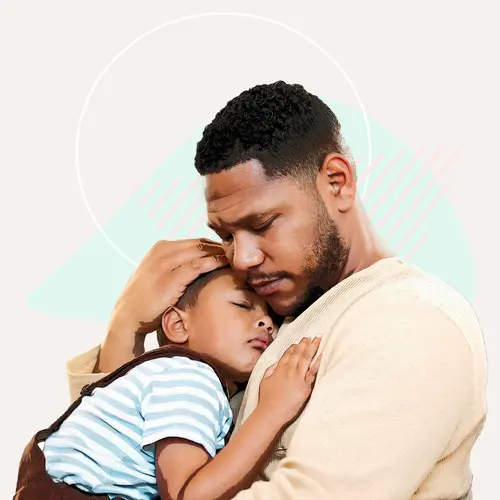When a child feels that their body is different from the gender they were assigned at birth and decides to transition to the gender that feels more true to them, we call them transgender. The chance to express their true identity can have a powerful effect on their self-esteem. The process of changing from identifying as a boy to a girl, or vice versa, is called transitioning.
The process doesn’t always mean getting surgery. It can take several forms. Some are nonpermanent steps, such as choosing a new name, changing pronouns, and wearing different clothes and hairstyles. Others include medical treatments and procedures to change the body.
There’s no set formula for a transition: Some transgender children are happy to express their gender identity without any medical steps, while others want to change their anatomy to match how they feel and how they want others to view them.
Along with your child’s doctor and a mental health counselor, you can help your child figure out the right path. Whatever you choose, the research shows that kids whose families support and accept them in the gender with which they identify have the best mental health.
Social Transition
Children often start the transition process on their own by changing the way they present themselves. They may want to dress or wear their hair like the gender they identify with, maybe just at home at first. At some point, they may want you to call them by a different name and use different pronouns. With the right support, kids can work up to living full-time in the gender they identify with. These are all completely reversible steps, and they may be all that your child needs to feel comfortable.
Medical Transition
Puberty can be especially upsetting for many transgender children. Starting at the first signs of the changes -- around 10 years old for girls, and 11 for boys -- doctors can prescribe hormone blockers, which are injections or implants that keep the body from releasing estrogen or testosterone. That means the body won’t go through the permanent changes that normally happen during puberty, such as growing facial hair, getting an Adam’s apple, voice changes, breast growth, and the start of menstrual periods. But the effects of the medication are reversible. Your child could decide later to stop taking them and go through the physical changes of their biological sex.
Puberty blockers can buy your family some time to reflect on the future before your child goes through puberty, which is irreversible. That can help them avoid the need for surgeries (such as breast removal) and other treatments later.
Hormone blockers have been tested and safely used for decades on kids who start puberty too young. Their use for transgender children is a relatively new practice and is considered an “off-label use” of the medication, not approved by the FDA. But the Society of Pediatric Endocrinology supports that use. Children under 18 need a parent’s consent to start taking these medications.
Cross-Sex Hormones
Many transgender children decide they want to take hormones that allow their bodies to develop as the gender they identify with. Doctors can prescribe estrogen or testosterone at gradually higher amounts to mimic the puberty of the female or male gender. The Endocrine Society recommends that kids start taking these hormones around age 16, but doctors will start them as early as 13 or 14.
Most people who start these hormones stay on them for life, and doctors don’t know much about how they affect people over the long term.
They do know that the treatment can affect whether a person can have children later in life. Depending on how far along your child is in puberty, they may choose to freeze sperm or harvest eggs before they start the hormones.
Talk carefully with your child’s doctor about the side effects, risks, and benefits of hormones, and how they balance with long-term risks that are unknown right now.
Surgery
Gender-affirming surgery is an option for older teens and young adults. Transgender boys who have already gone through puberty in their birth sex may want to have breasts removed; other procedures can change facial features, modify the voice, and remove hair.
Transgender teens and young adults may also want to have surgery on their genitals. The Endocrine Society recommends that they wait until age 18, but because more kids are transitioning at younger ages, some doctors are doing these surgeries earlier on a case-by-case basis.
Legal Transition
A child has the right to insist that others call them by their preferred name and pronouns, regardless of their legal name or the sex on their birth certificate. But transgender people often find that changing their identity documents can make life easier. Steps for this kind of transition might include a legal name change, changing the sex designation on your child’s birth certificate, Social Security card, driver’s license, and passport. The process varies by state; many agencies require a person to show proof of gender reassignment surgery, but this practice is changing. For more information on transgender legal rights, visit the Lambda Legal website.
Whatever type of transition feels right to your child, it’s important to work with their doctor and a therapist who has experience supporting transgender kids and teens. Talk with these professionals early on to make sure you understand the options that are available at all stages. They can also help you understand any issues your child will need to manage on their own once they become adults.
Remember, no matter the gender your child identifies with, it doesn’t change who they are. Accept and love them just as you always would. A therapist or support group may help you handle any stress or worries you might feel, too.

